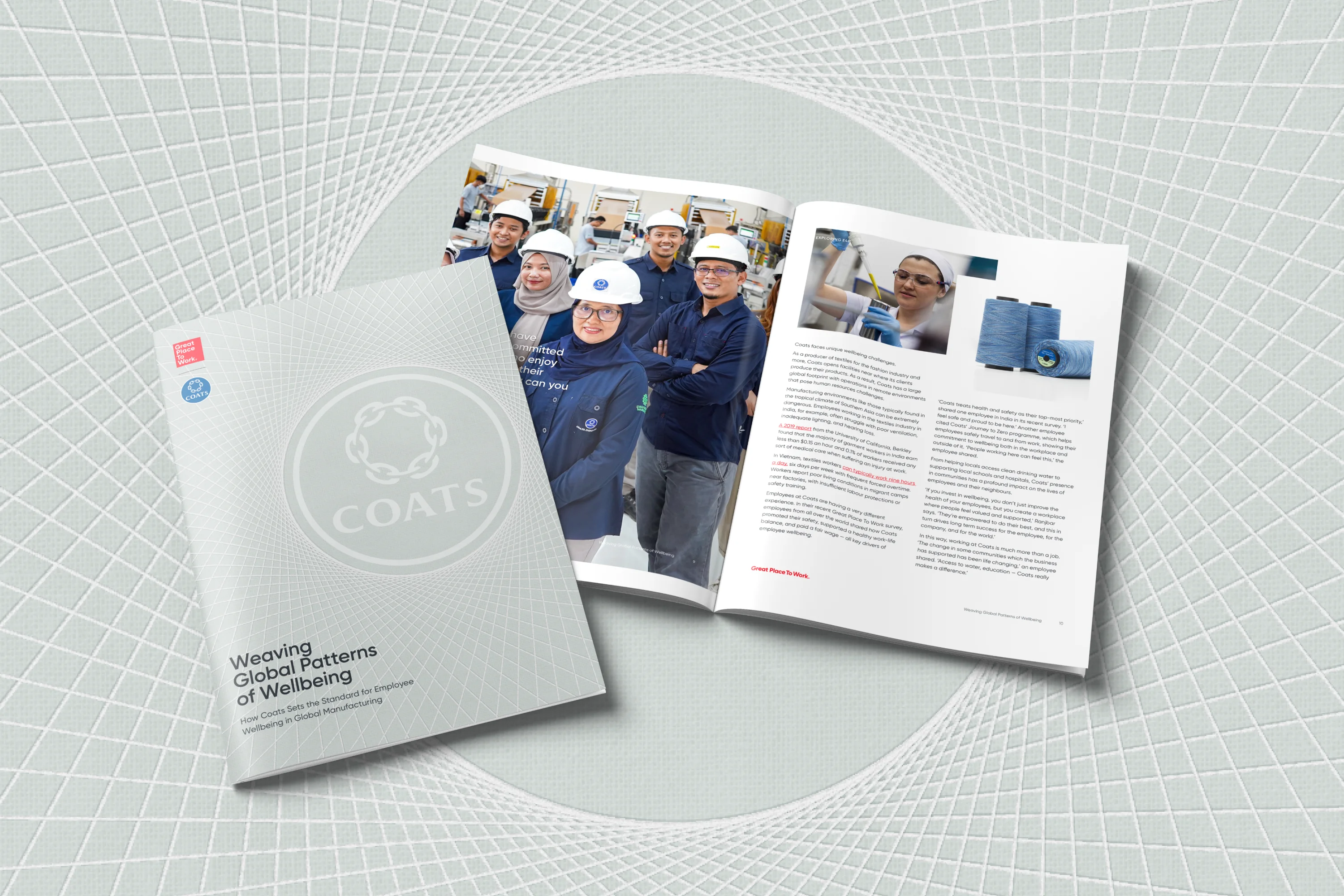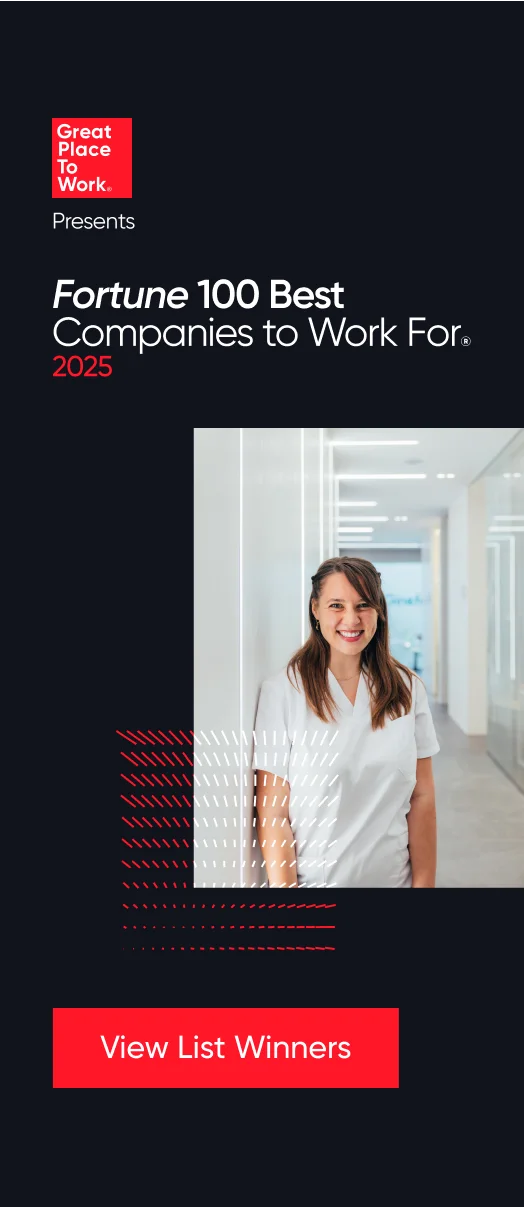Connecting People Through “Why”
During this year's Great Place To Work Conference in Dallas, one of the core themes centered on creating and sustaining corporate culture. Several CEOs talked about this being their number one challenge – not customers, not talent acquisition, but maintaining their culture.
In fact, they likened their culture to more of a community. That was the term they used too – community. When I think about creating a “community,” a few things come to mind:
- Creating shared beliefs, experiences and traditions
- Building authentic relationships
- Supporting the other members of the community
It reminded me of concepts in Michael Lee Stallard’s book, Connection Culture Stallard shares the idea that workplace cultures where people are connected and have shared values are really more like communities. And that employees in those communities are more productive, happier and healthier as a result. Employees perform at their best when they are connected with their co-workers and the organization. (In case you’re wondering, the reverse is also true. Organizations without a connected culture see diminished productivity and well-being.)
Now, I can see how this is a bit confusing. Culture and community sound very similar. It might be tempting to just say it’s semantics and use the terms interchangeably. One key element that differentiates them is the measurement of success. Communities are successful because their members are successful. For a community to thrive, it needs care and attention. This means building and growing a community is about connecting people, not programs.
Organizations limit their potential when they build and maintain a corporate culture based solely upon programs. What sustains the organization is developing people for leadership roles, finding purpose in their work and connecting with the company. It’s what Simon Sinek refers to in his book “Start With Why." In his TED talk, he sets up a compelling case for why some organizations are great and others are simply good. And naturally, it has to do with “why.”
Many good organizations know what they do and how they do it. But great organizations know why they do it. It makes me wonder. Is it possible that corporate cultures know what they do and how they do it but corporate communities know why they do it?
Take the conversation one step further. Is it possible that customers decide to engage with organizations because they believe in the “why”? From a talent acquisition perspective, is it possible that employees decide to apply because they believe in the “why” of an organization?
If “why” is the differentiator, then the comments about community totally make sense. Community is their “why.” It’s what makes the organization great. It attracts customers. It attracts the best talent. It creates competitive advantage in every way. If you want to learn more about creating an organizational community, join me, attorney Jonathan Segal and Jessica Rohman from Great Place To Work® for Twitter chat on Wednesday, November 4, 2015 at 3p Eastern. It’s being hosted by the Society for Human Resource Management (SHRM). Never been on a Twitter chat? No worries. You can learn more here. It’s a lot of fun.
Sharlyn Lauby is an author, writer, speaker and consultant. She has been named a Top HR Digital Influencer and is best-known for her work on HR Bartender, a friendly place to talk about workplace issues. Sharlyn recently published her first book, “Essential Meeting Blueprints for Managers,” which is available on Amazon. And her personal goal in life is to find the best cheeseburger on the planet.







